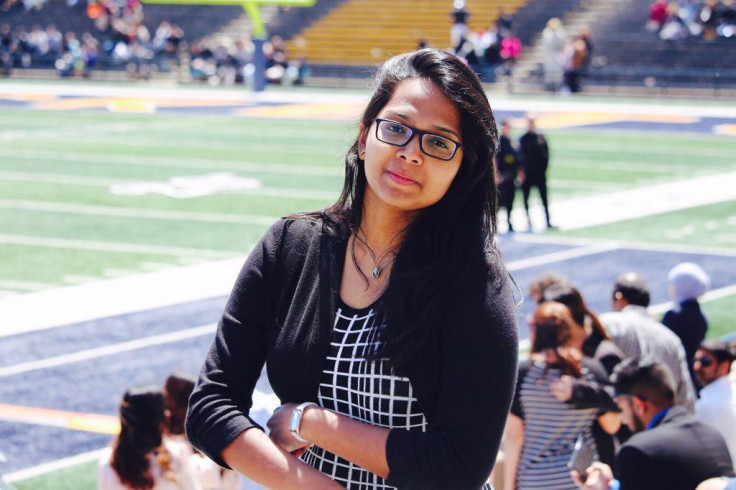Divya Gudavalli: Architecting the Future of Enterprise Software with AI and Advanced Cybersecurity
With AI reshaping system design and cybersecurity growing more urgent, Divya Gudavalli leads enterprise innovation through intelligent architecture, secure design, and continuous learning.

In enterprise technology, businesses increasingly use artificial intelligence to automate workflows and enhance code quality while microservices and cloud-native architectures reshape system design. Divya Gudavalli is an expert in software engineering, AI/ML, and cybersecurity. With technology rapidly evolving, the World Economic Forum notes that many skills will soon be outdated—professionals like Gudavalli are vital.
With 10+ years in SDLC and STLC using Waterfall and Agile, Gudavalli designs robust enterprise web applications using Java/J2EE, Spring, Hibernate, SOAP, and REST APIs. Her focus includes AI/ML for optimised decision-making, Cybersecurity with OAuth/JWT, Software Engineering for resilient systems, and Data Science. This expertise allows Gudavalli to build intelligent, secure IT solutions for today's digital landscape.
Navigating Complexity in Enterprise System Design and AI Integration

Gudavalli architected a large-scale enterprise loan management system. She notes, 'I used Hibernate with JPA annotations to map complex relationships between entities accurately. I implemented lazy loading, second-level caching, and batch fetching to improve performance. I also created custom validators and entity listeners to enforce business rules at the entity level.'
Transitioning this system to microservices posed another key challenge. Gudavalli explains, 'Breaking down the monolith into 15+ microservices while maintaining consistency and performance was challenging. We used Spring Cloud Config for centralised configuration and Eureka for service discovery and employed Feign clients and Resilience4j for declarative REST clients with built-in fault tolerance.'
This approach was vital for achieving the system's required scalability and resilience. Gudavalli also spearheaded an AI-powered loan Default Risk Prediction System. She explains, 'I used Gradient Boosting (XGBoost) to predict the probability of default, training the model on three years of historical data. The model was versioned and managed using MLflow to ensure reproducibility and efficient lifecycle management.'
This AI integration significantly improved loan approval times and reduced default rates, showcasing the tangible benefits of AI when nearly 73% of companies are engaged with it.
Securing Modern Applications and Envisioning an AI-driven Future
In securing a high-traffic Loan Origination API, Gudavalli implemented robust security measures using OAuth2 and JWT.
Her strategy included comprehensive token validation, role-based access control at the method level, secure token lifecycle management, and threat mitigation techniques to prevent attacks like token replay and theft. This adherence to security best practices is vital for modern web applications.
Gudavalli champions a 'shift left' security approach, embedding security considerations early in the SDLC and designing systems with security as a foundational element rather than an afterthought. This proactive stance is critical in expanding SaaS usage and increasingly sophisticated credential-based attacks.
Gudavalli envisions a transformative role for AI in enterprise applications. 'AI will move from being a feature to being part of the core architecture influencing everything from UX personalisation to backend process automation,' she predicts. 'AI won't replace enterprise systems—it will enhance them, making them more human-aware, efficient, and intelligent.'
This perspective aligns with industry forecasts that AI-powered development is becoming standard practice and will profoundly impact sectors like finance, where AI adoption and healthcare are projected to reach 85% by 2025. Her view of AI as an 'enhancer' offers a balanced outlook crucial for stakeholder buy-in as AI adoption accelerates and reshapes industries.
Mastering Migration and Embracing Continuous Advancement
Gudavalli managed a Digital Loan Platform migration from PCF to OCP, enhancing security and AI integration. 'I migrated internal service routing from PCF to Istio Service Mesh on OpenShift Container Platform (OCP) to enable Mutual TLS (mTLS) for secure communication between services,' she details.
I migrated all service credentials, database passwords, and API keys to OpenShift Secrets integrated with HashiCorp Vault to enhance security and secret management.
Gudavalli emphasises continuous learning to stay current in AI, machine learning, and cybersecurity. 'I regularly follow arXiv, Google Research, and the OpenAI blog for the latest breakthroughs, and use platforms like Coursera to stay sharp on MLOps and generative models,' reflecting the importance of staying up to date as technology evolves rapidly.
Gudavalli's career exemplifies a deep and integrated mastery of software engineering, artificial intelligence, and cybersecurity. This expertise enables her to make significant contributions to enterprise technology. Her work consistently demonstrates an ability to architect complex, high-performance systems, like the sophisticated loan management platform.
She also deploys intelligent solutions, such as the AI-driven risk prediction system, yielding measurable business improvements. Gudavalli's proficiency in fortifying digital assets, shown through robust security and strategic migrations, highlights a comprehensive approach to digital resilience. This blend of technical acumen and foresight allows her to address current challenges and anticipate future advancements.
Gudavalli is a forward-thinking leader who shapes technology's application to build efficient, intelligent, and secure digital infrastructures. She is key in harnessing technology's full potential for enterprise success in a complex, data-driven world.
© Copyright IBTimes 2025. All rights reserved.





















